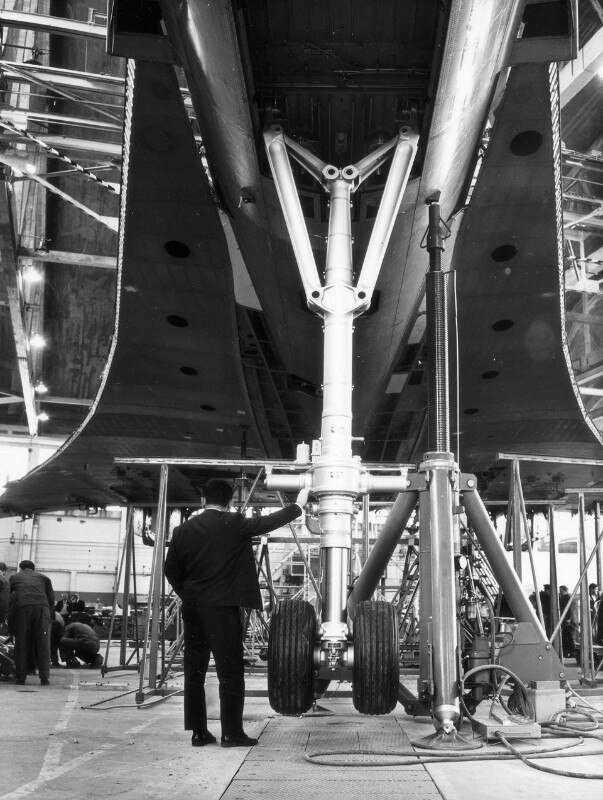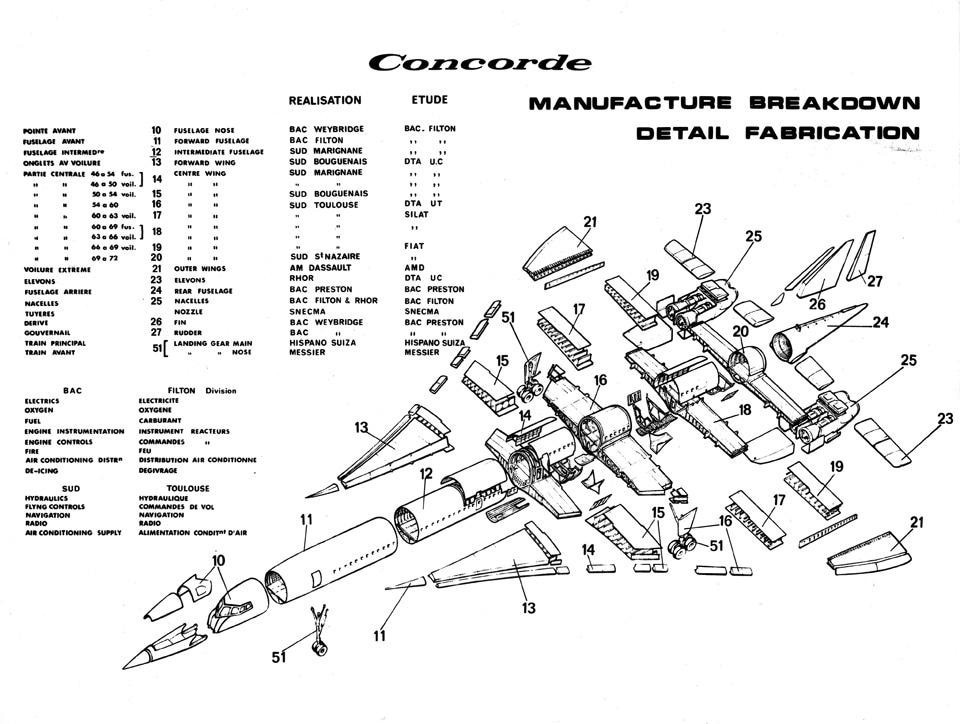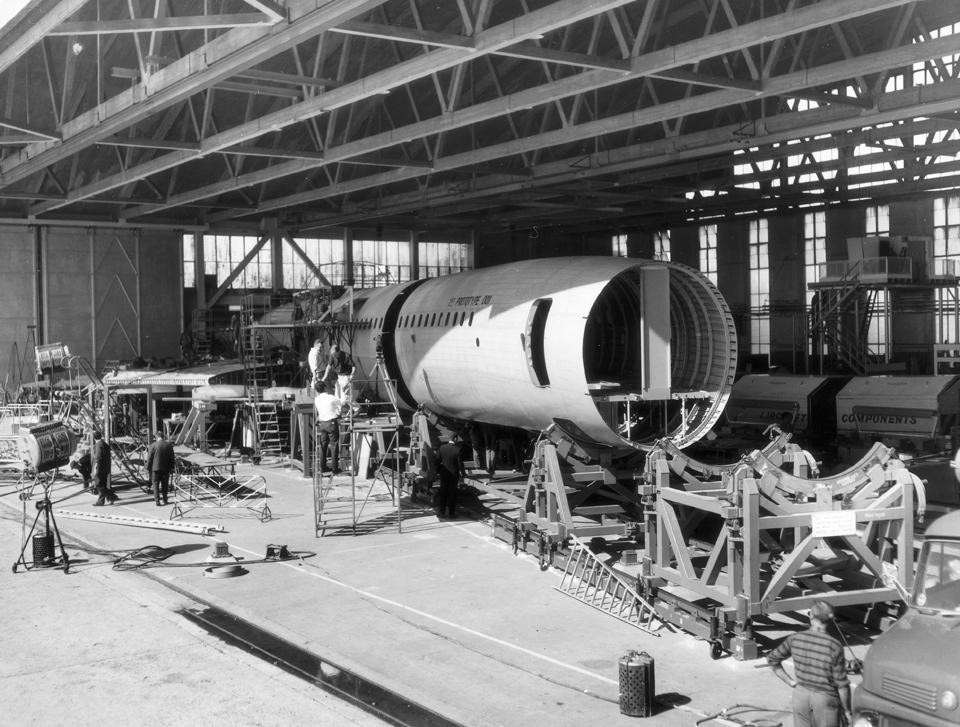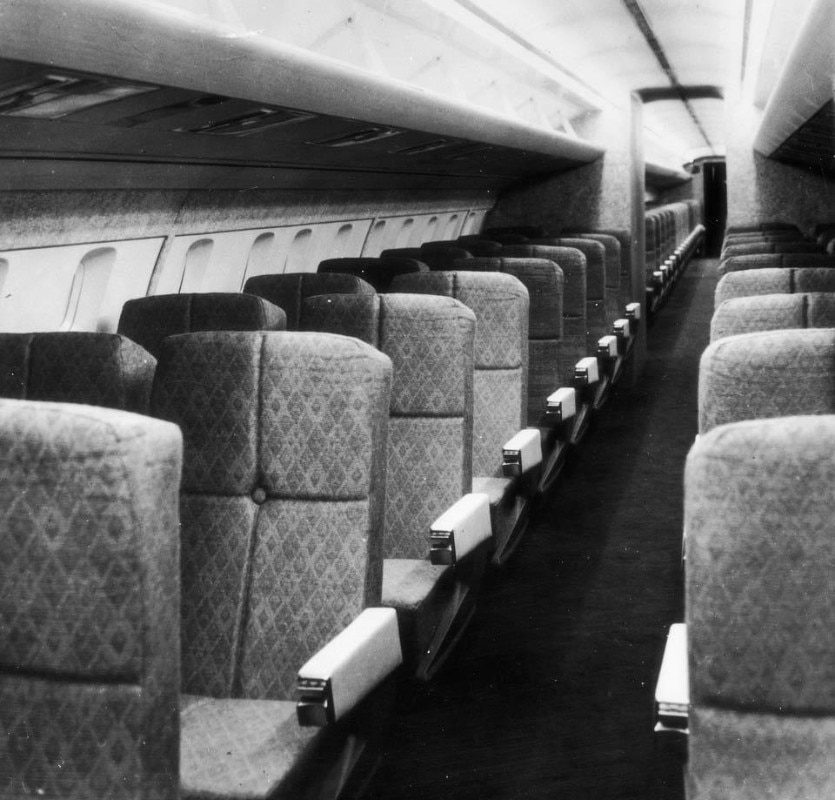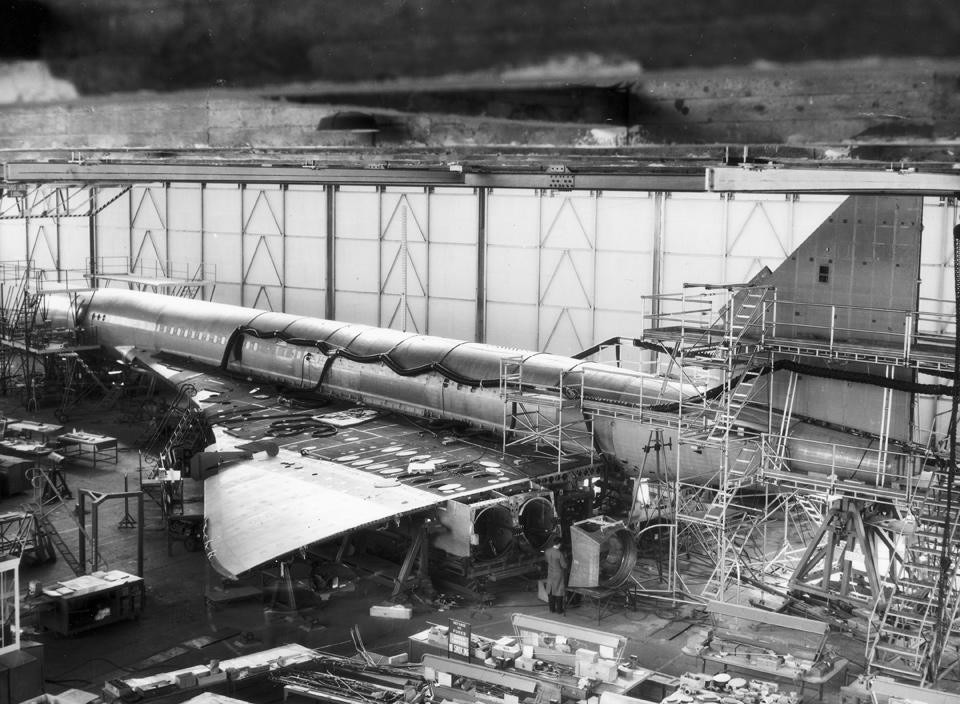Fourty-three years ago, the supersonic airliner Concorde took off for its maiden voyage on 2 March 1969. The aviation icon was the only supersonic commercial vehicle in history. In this photo series, we republish some images taken at the hangar of the Toulouse Blagnac airport, where the French prototype of the Concorde 001 was at the time being finalised.
Built by the British Aircraft Corporation and the French Aérospatiale, the Concorde was the result of more than ten years of collaboration between the French and British aeronautic industries. Destined for elite passengers, the fine aircraft achieved a cruise speed of 2.150 km/h, topping the speed of sound and achieving a flight time of just over three hours and a half between London and New York. At the time, Duchess of York Sarah Ferguson said of the supersonic aircraft: "What's great about it is I'm able to take my children to school at 8.30 in the morning, drop them off, then take BA flight 001 at 10.30am to New York, and get to New York at 9.30am, in time for my Weight Watchers meetings and speeches."
From the engineering point of view, supersonic flight immediately raised two problems. The first was that of the high temperatures produced on the surface of the aircraft, for which a solution was found by adopting special metal alloys; and the second was that of the turbulence created on the wings, as the aircraft approached the speed of sound.
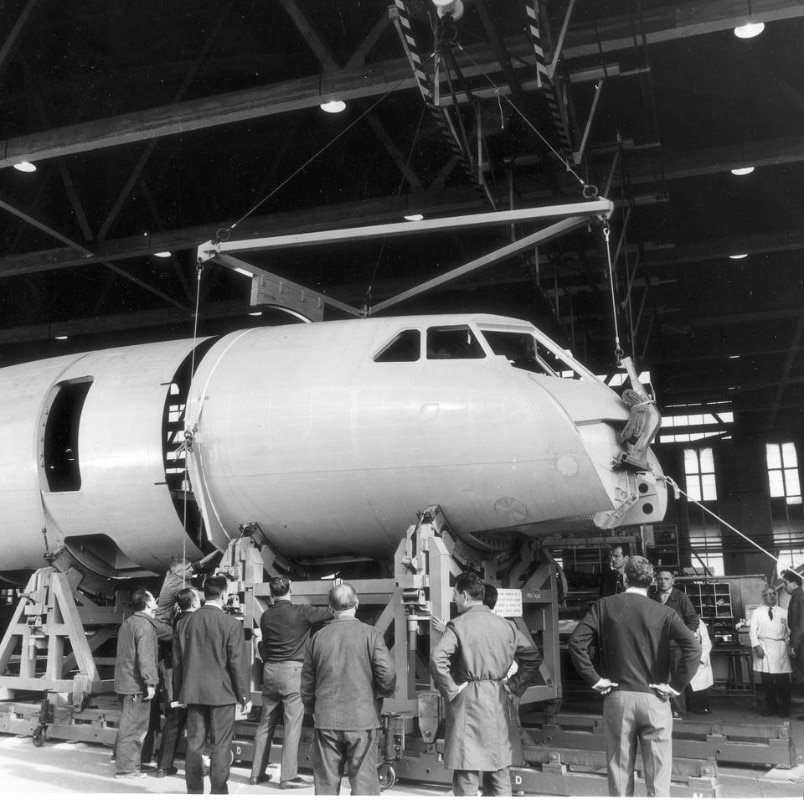
First devised by a team of aerospace engineers, the interiors of the Concorde were later revisited by a number of designers: Raymond Loewy in 1975, Pierre Gauthier-Delaye in 1985 and 1988, and lastly, by Andrée Putman 's studio Ecart.
